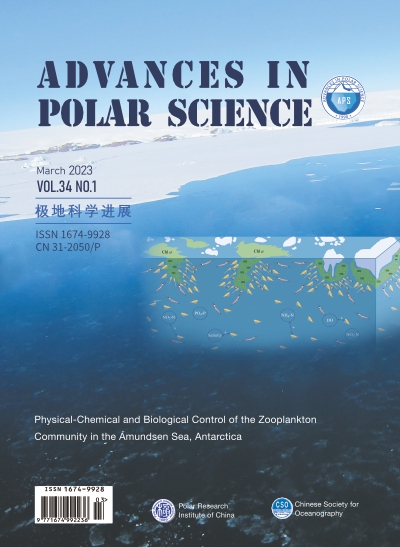Publication: Advances in Polar Science (APS). Vol. 34, No. 1, 28~44, March 2023
To download the publication please click on the download link at the bottom of the page
Author: TAN Jiankang, CAO Huansheng, LIU Li, QIN Yiling, LIU Feng, John CAVA, YIN Xiaofei, SHEN Jihong and WANG Nengfei
DOI: 10.13679/j.advps.2022.0024
CNARC member: Polar Research Institute of China (PRIC)
Abstract: One major consequence of global warming in the Antarctic region is increased ice-free zones. Subsequent colonization of these ice-free areas by penguins alters their biogeochemistry, with one prominent example being elevation of inorganic phosphate concentrations around feces depositions. The complex soil biochemistry in the region makes it difficult to define the causal factors of these changes using common research approaches. Here, we addressed the effects of phosphate alone on microbiome structure and dynamics over time by adding external phosphate to selected soils in the Antarctic region. We then analyzed the soil bacterial community composition and diversity using 16S rRNA amplicon sequencing and compared these data with phosphate levels. Parallel geochemical analysis revealed changes in nine soil geochemical factors upon phosphate addition, all of which were relevant to microbiome structure, with soil pH showing the highest correlation. Links between geochemical factors and composition were identified, as were interactions between bacterial taxa. Additionally, Sphingobacteriia, Sphingobacteriales and Chitinophagaceae were found to be more abundant in phosphate-treated soils. Co-occurrence network analysis revealed significantly increased levels of associations in all major network properties over time after phosphate supplementation. Therefore, we conclude phosphate addition has diverse effects on Antarctic soil microbiomes.
Key words: phosphate, Antarctic, microbiome composition, network, geochemical factors, ice-free zone


